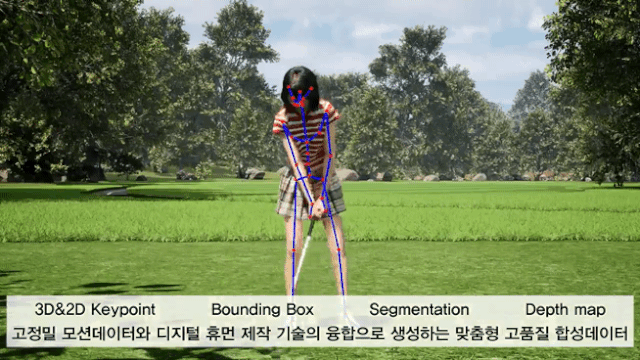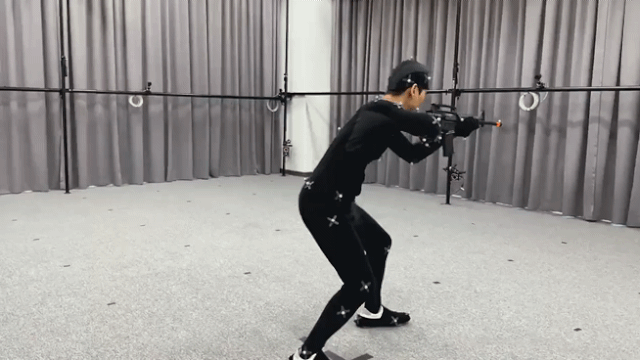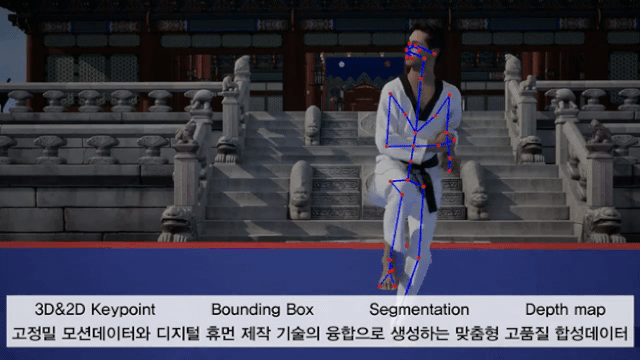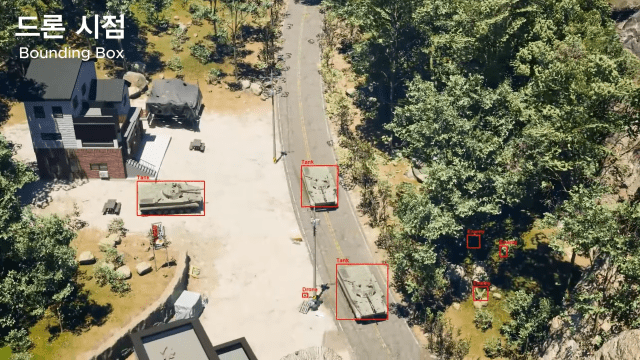[By Lee Eunhan Lee, Digital Daily] One of the problems facing the artificial intelligence (AI) industry at home and abroad is the lack of training data. The more good data you train your AI model with, the better it will perform, but not all data is readily available for every situation. There are conflicts of interest over copyright or royalties, and sometimes the data you want is itself rare. Recently, some have suggested that ultra-high-performance AI models have already trained on so much data that in a few years, there could be a shortage of data that outstrips demand.
Synthetic data is one of the solutions to the problem. Generally, it refers to artificial data created using generative AI. For example, let’s say you’re running out of cat photo data. Let the AI model generate new cat photos with the cat data it has already trained on, and refine it to become synthetic data that can be used for training again. This has the advantage of getting the data you need quickly and at a fraction of the cost of actually collecting and processing the data.
Of course, there are downsides. The main problems are lack of sophistication and inaccuracy. AI’s lack of understanding of real-world objects, and the possibility of AI hallucinations, which can lead to inappropriate data for training, cannot be ruled out.
Visol is a company that has proven that motion capture systems can solve part of this problem. Established in 2000, Bisol has been in the field of image analysis and processing and video solutions since then, just as its mission statement combines “Visual+Solution”.
Based on its experience and assets, synthetic data is now a keyword that has emerged as Bisol’s unique competitive advantage in the synthetic data market and has brought new insights to the industry. We caught up with Myungkyun Baek, Business Development Team Leader at Bisol’s office in Gasan-dong, Seoul, to find out more.
The biggest advantage of motion-capture-based synthetic data is the “precision of the data,” says Back. Motion capture is the movement of a person wearing a special suit with reflective markers, which is recognized by a motion capture camera in space and 3D coordinates are collected, which can be used for precise 3D modeling and synthetic data generation.
Bisol has long operated its own in-house motion capture studio as part of its business. This is where you can create sophisticated 3D modeling data with dynamic movement, including people. They divide synthetic data into “static data,” which is data about the movement of stationary objects such as vehicles, and “dynamic data,” which is data about complex movements involving joints and other parts of the body, such as people. Visol’s focus is on dynamic data, which is difficult to handle with traditional generative methods.
As an example of a real-world customer story, Baek cited Company A, a company specializing in screen golf. At the time, Company A was a laggard in the market and needed to differentiate itself in the AI space to catch up to the leaders, but its screengolf training data was lacking. “We provided Company A with about 2 million synthetic golf posture shots. This included 60 3D characters of varying heights, body types, and more, three indoor and outdoor 3D environments, and a variety of camera positions.” “I know they were quite happy with the results,” he says.



